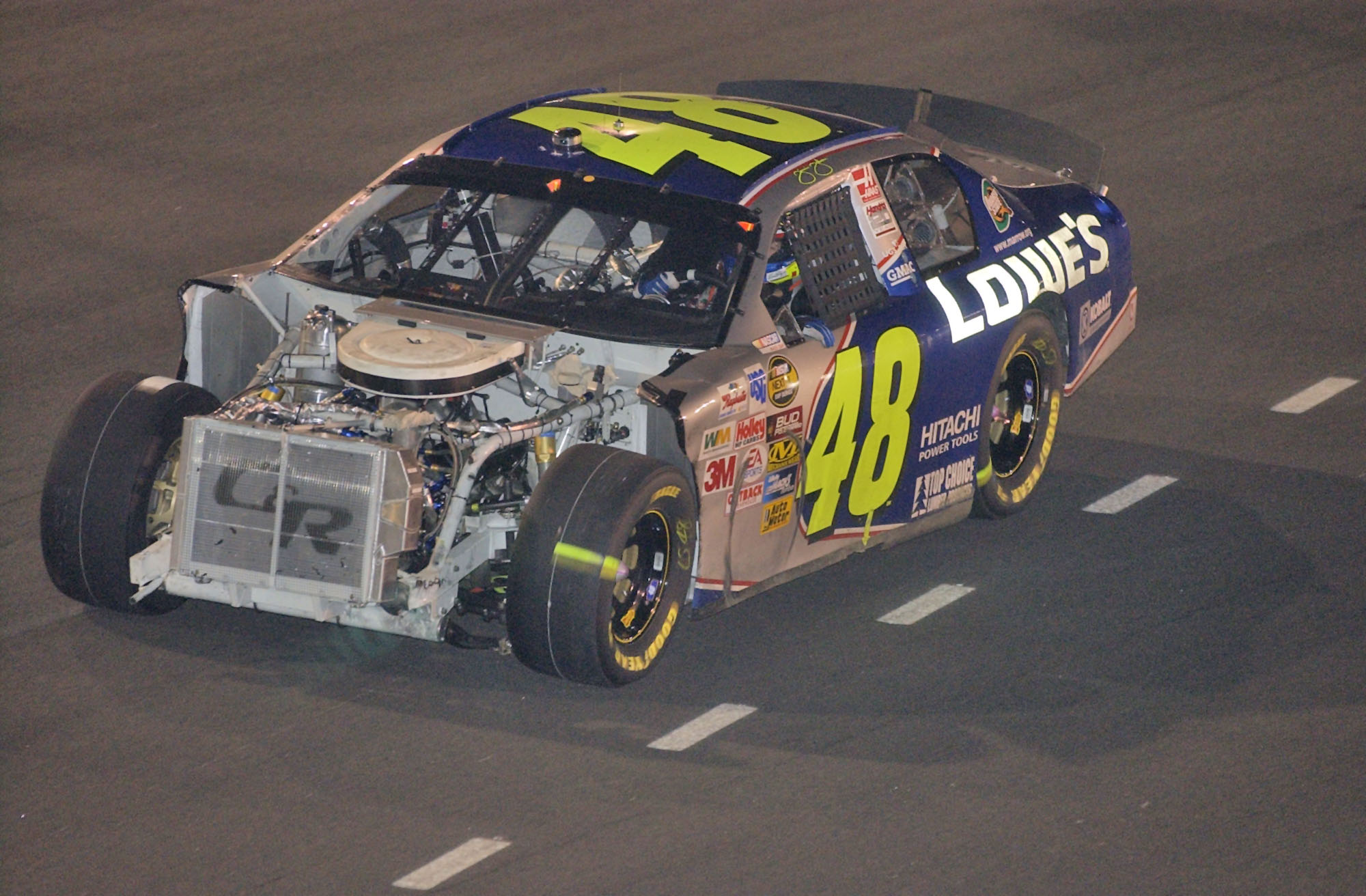With all due respect to the hundreds of hard-working crew members in the NASCAR garage, I’m thrilled that they won’t be fixing wrecked race cars and sending them out on the tracks anymore.
But I’m curious if, in the process of doing the right thing, NASCAR didn’t inadvertently send a huge mixed message to its competitors.
Allow me to explain.
A couple of weeks ago, NASCAR announced that all races in its three national touring series would be split into three stages. In the Daytona 500, for example, the first two stages are 60 laps each, with the third and final stage 80 laps.
NASCAR will award regular season points to the top 10 finishers in each of the first two stages and 1 playoff point each for winning a stage. Playoff points, as the name implies, carry over into the playoffs.
The idea is to make drivers race harder and put on a better show early in the race.
Fair enough.
On Wednesday, NASCAR also announced that wrecked cars will no longer be able to be taken to the garage to be repaired. Basically, crews will have five minutes on pit road to fix a car and they can’t add new body parts if a car gets wrecked.
If they can’t make quick repairs on pit road and get their car up to minimum speed, that car is officially out of the race.
Besides saving crews work and teams money, this is a great move for two reasons, both safety related.
The first is badly damaged race cars that go back on track after repairs have a tendency to crash again or shed parts and bring out another caution.
The second reason is that sending a driver back on track after they’ve crashed at 180 miles per hour maybe isn’t a great idea for that driver’s safety or the safety of the other competitors.
But here’s where the mixed message could come into play: NASCAR is rewarding drivers for racing hard early on, but punishing them if they crash in the process.
So in the Daytona 500, for example, do we stand a greater likelihood of seeing drivers racing harder than ever to pick up points, or will they run around mostly single-file to avoid a wreck?
I honestly don’t know.
If drivers are going to be racing as hard as they can to win either of the first two stages instead of laying back for the final 50 laps, that greatly increases the likelihood of “the Big One,” a huge, multi-car pileup that takes out 10 or 20 cars.
You can argue that it’s more important than ever to run up front or towards the front now: If 20 cars get taken out in the Big One and can’t fix their cars, where they were running at the time of the crash suddenly becomes very important. Better to be 20th when you crash than 35th.
How big a chance will drivers take to win the first two stages? Will they be bold and aggressive or hang back and be strategic.
Right now, we just don’t know.
As is the case with every change NASCAR makes, we won’t fully know the implications of these new rules until cars are on track in an actual race.
The good news? We’ll find out pretty soon.





